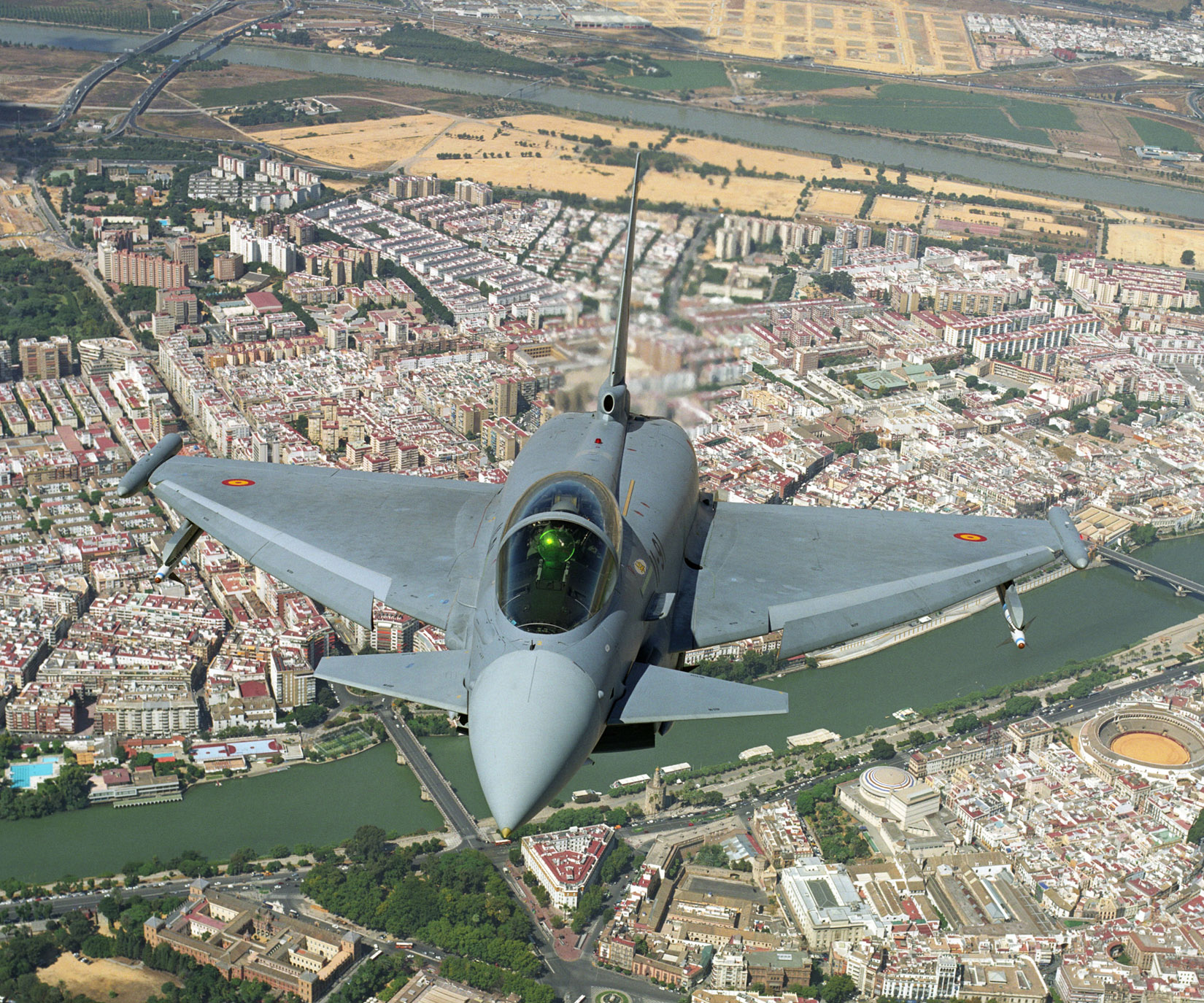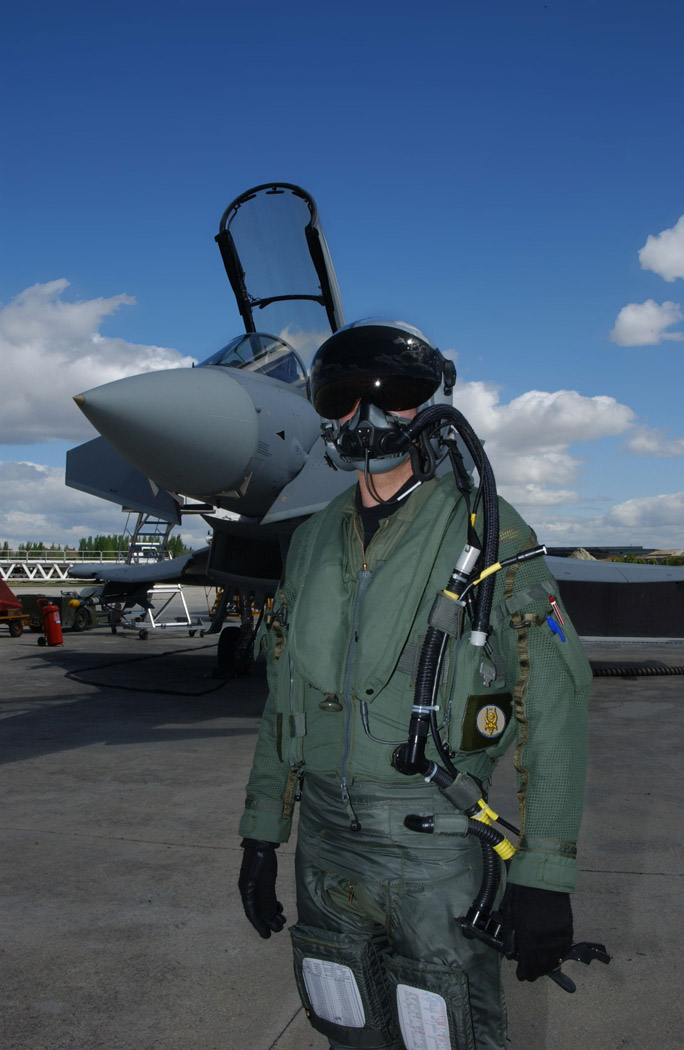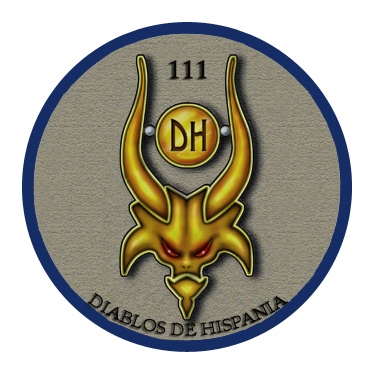At the end of the 90s, the Spanish Air Force was in the process of reorganization and restructuring to improve its efficiency and operability. The result of this was the disappearance, merger and creation of different combat wings and squadrons. This is how the 11th Wing was born, destined to be the most important operational combat group in Spain. In this way, the best pilots from the different air squadrons were recruited to create a new one, destined to be the elite in the Spanish sky. Thus the famous Squadron 111 – Diablos de Hispania was born.
Although that was not his original name. At first it was designated with the name ‘Condor’, the bird chosen for the emblem of the 11th Wing. The change occurred after the first joint NATO maneuvers in which the 111th participated. In them, the squadron had to simulate the defense of an island against vastly superior hostile forces, represented by a combination of American, British and French squadrons. The test was planned to estimate the duration that an air offensive would have against a hypothetical island power in inferior conditions. That is, the aim was not to know if it could repel an attack but rather how long it would last before falling, assuming that this would happen.

The reality was that, while the offensive group believed that everything would be a piece of cake, by surpassing the Spanish in a ratio of 1 to 3, they performed a devilish defense. The pilots of the 111, led at that time by the best Spanish air ace, Commander Guillermo Odén, prepared a crazy strategy that took everyone by surprise. To such an extent that Commander Odén managed to avoid all the opposing units and reach his main aircraft carrier with a direct hit. At the end of the maneuver, the 111th was defeated, but at a pyrrhic price, since all the data showed that if it had been a real operation, the offensive would have had to be aborted, suffering unaffordable casualties.
The expertise of the Spanish earned the respect of all NATO pilots, who since then began to say that they looked like devils in the air. In this way, while all the pilots were celebrating the end of the maneuvers, the American commander of the aircraft carrier arrived and invited everyone to have a round shouting, in an attempt to speak in Spanish, “for the Devils of Ispania.” Everyone burst into laughter, but it resonated so deeply with everyone that soon everyone was calling them ‘Devils of Hispania’. The fame they achieved was such that they decided to change the name of the squadron to that.
Since then, the now official ‘Squadron 111 – Diablos de Hispania’ has officially participated in numerous combat operations in scenarios such as Iraq, Afghanistan or Libya. Additionally, there are rumors about his involvement in numerous top-secret classified missions.

During its first two years of existence it was led by Commander Guillermo Odén until he was replaced when he was promoted to colonel and placed in command of the 11th Wing. Since then and until the present, the Diablos de Hispania have been directed by Commander Juan Aguilera , a pilot and leader respected by all.
Currently, ‘Squadron 111 – Diablos de Hispania’ continues training daily to be the best fighter pilots in the world and participating in international maneuvers. Always ready, always prepared, for the day when your expertise is required to protect your nation and allies.
Some notable pilots of ‘Squadron 111: Diablos de Hispania’:
- Commander Juan ‘Lince’ Aguilera
- Captain Enrique ‘Black Wolf’ Esteve
- Captain David ‘Toro’ Aguilar
- Lieutenant Rafael ‘Martillo’ Torres
- Lieutenant Jaime ‘Coyote’ Herrero
- Lieutenant María ‘Navaja’ Velasco
- Lieutenant Pedro ‘Torre’ Núñez
- Sergeant Ángel ‘Chief’ Serra

